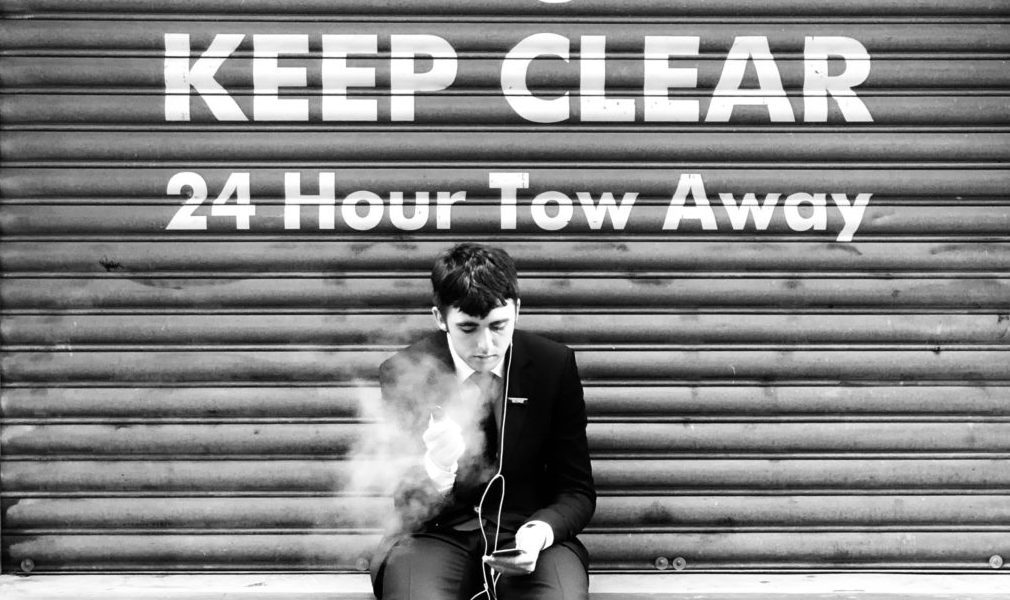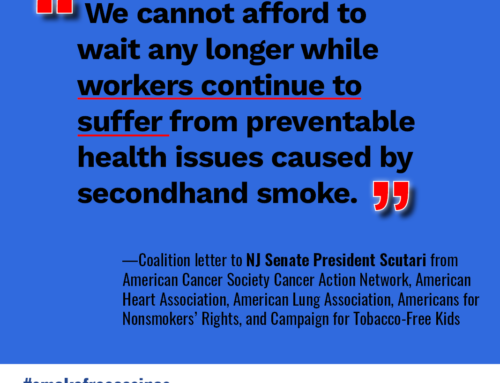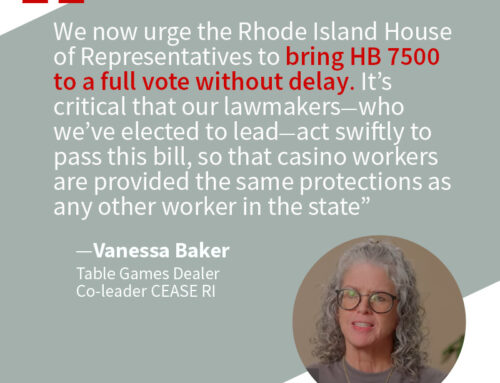Weekly, we hear terrifying updates on the vaping crisis with reports from the Centers for Disease Control of lung injuries–now topping over 1,800, with 37 deaths confirmed in 24 states (as of Oct. 29). As these numbers tick upward, we are left wondering what are we going to do to respond to this epidemic?
Here at ANRF, our answer is simple. We’ve said the same thing since these products first hit the market. E-cigarettes should not be used where smoking is not allowed; they produce a chemical aerosol containing heavy metals and ultra-fine particulate matter that is harmful to the bystander. Much like with cigarette smoking, establishing smokefree environments sets a social norm for tobacco-free living and can reduce adult smoking and prevent youth initiation of tobacco, and smokefree laws that also prohibit e-cigarette use have a similar effect.
Unregulated Tobacco Products
Electronic smoking devices remain largely unregulated in the 10 years since they came on the scene. Each product is different, can come in a multitude of sweet and fruity flavors, and a single Juul pod can deliver the amount of nicotine contained in a pack of cigarettes. A recently released study that surveyed U.S. youth shows that 39.3% and 29.3% of adolescents perceived the Juul e-cigarette as “less harmful” and “less addictive” than conventional cigarettes. In addition, a variety of substances and chemicals can be heated and vaped, including THC and CBD, two of the over 100 cannabinoids identified in marijuana. This new industry has blurred the lines from Big Tobacco’s playbook to the point where you can no longer tell where one ends and the other begins.
Big Tobacco Interference in Smokefree Policy
There is no doubt the tobacco industry is wielding significant influence on the burgeoning e-cigarette marketplace. This same industry took on early successes with smokefree workplace laws. Scientists, industry lobbyists, and think tanks are defending the harm reduction strategy purported by Juul and other e-cigarette manufacturers. Juul has charged forward, leading their competitors and controlling the regulatory market. In a scheme to protect their profits, Juul supports weak policies at the federal and statewide level that are preemptive in nature and prevent future efforts by local governments to regulate where the products are used, sold, and how they are taxed.
Airborne Chemicals: Ultra-fine Particles Are Hazardous
Local advocates and decision makers are taking action. More than 900 local and 21 state smokefree laws also prohibit the use of e-cigarettes indoors. We recommend downloading the most recent version of our model policy language for municipalities, college campuses, or multi-unit housing to ensure the broadest definition of smoking to include e-cigarettes and other related products is being implemented. While we don’t know everything we need to know about e-cigarettes, we know enough to say they are not completely safe to use. Smoke is smoke—including e-cigarette aerosol—and educating the community about the addictiveness of these products is an important step. For samples, check out our friends at Tobacco Free California, who are leading the charge to raise awareness on the harms of secondhand chemical aerosol.
Read more about Juul’s tactics: aligning with Big Tobacco, marketing to youth, and pushing for self-regulation.






